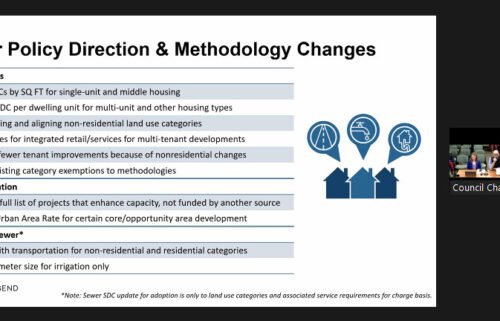Oregon saw jump in health care-associated infections in 2021, new OHA dashboard shows

PORTLAND, Ore. (KTVZ) — The Oregon Health Authority on Thursday published a new, interactive health care-associated infections data dashboard, which shows a significant increase in HAIs during 2021 that coincided with peak COVID-19 activity and hospitalizations during the pandemic.
The overall increase in HAIs displayed on OHA’s newest data dashboard, published by the Healthcare-Associated Infections Program at OHA’s Public Health Division, aligns with trends seen across the country that suggest the pandemic slowed implementation of standard infection prevention and control practices.
The largest increases in HAIs– infections acquired while receiving medical care – in 2021, compared with 2020, were seen in the number of catheter-associated urinary tract infections (CAUTI) and methicillin-resistant Staphylococcus aureus (MRSA) bloodstream infections.
“Health care-associated infections can have devastating impacts for patients and their families,” said Rebecca Pierce, Ph.D., Healthcare-Associated Infections Program manager. “They can prolong length of stay, prolong recovery from illness, and even cause sepsis and death. Some of these infections are caused by antimicrobial-resistant pathogens that can make treatment difficult.”
Video clips of Pierce discussing the new HAI data dashboard are available on OHA’s Media Resources, Media Kits page.
The dashboard contains HAI data for 61 individual hospitals in Oregon. It provides statewide summaries and facility-specific data of Oregon hospital performance on nine HAI metrics, with national benchmarks for comparison.
Oregon hospitals made progress in the prevention of Clostridioides difficile (C. diff) infections, meeting U.S. Department of Health and Human Services (HHS) national reduction targets and performing better than hospitals nationally in 2021. Pierce explained this is likely due to increased focus on hand hygiene, environmental cleaning and other broad infection prevention and control interventions during the pandemic.
Oregon also out-performed the rest of the nation in prevention of central-line associated bloodstream infections (CLABSI), but it has not yet met HHS national reduction targets for CLABSIs among acute care hospitals. And Oregon hospitals have yet to meet the HHS targets for surgical site infections (SSIs), and they underperform for SSI metrics compared with national data.
“OHA tracks and works to prevent these infections because they pose a significant risk to patient safety,” Pierce said. “This is truly an issue that affects us all, as anyone receiving medical care could be at risk for a health care-associated infection.”
On a given day, Pierce noted, about one in every 31 hospital patients has an HAI, and of those with an HAI, up to one in 10 may die during their hospital stay. In 2021 alone, 1,024 HAIs were reported by Oregon hospitals across infection types reported on the dashboard.
OHA continues to monitor statewide and regional trends in HAIs; conducts studies to better understand these trends; provides one-on-one infection control technical assistance to health care facilities; and, in collaboration with the Centers for Disease Control and Prevention (CDC), offers direct-to-provider infection control education “to ensure all health care staff have the tools to prevent health care-associated infections,” Pierce said.
The data on the HAI dashboard, she added, “highlight the need for reinforcement of infection prevention and control practices in health care settings, as well as the absolutely critical role played by infection preventionists who oversee this work. A safer, more resilient health care system relies on building and retaining infection prevention capacity at the state, local and facility level to meet the growing challenges posed by health care-associated infections and antimicrobial resistance.”
Everyone can play a part in HAI prevention. For example, health care facilities, providers and staff should follow basic infection prevention strategies. Visitors in health care settings should avoid entering a facility when sick, regularly wash their hands, and follow facility infection prevention policies and procedures. Patients also should regularly wash their hands, watch for signs and symptoms of infection, and notify their providers about new or worsening symptoms, or if they’ve recently been diagnosed with an infection.
Helpful links:
- OHA: healthoregon.org/hai
- CDC: cdc.gov/hai/



